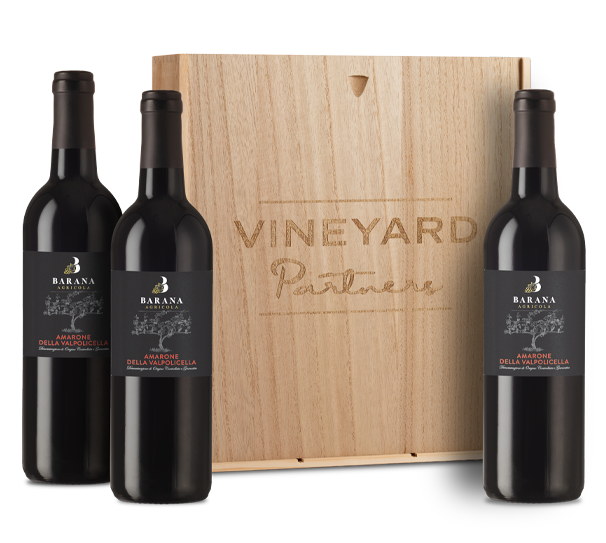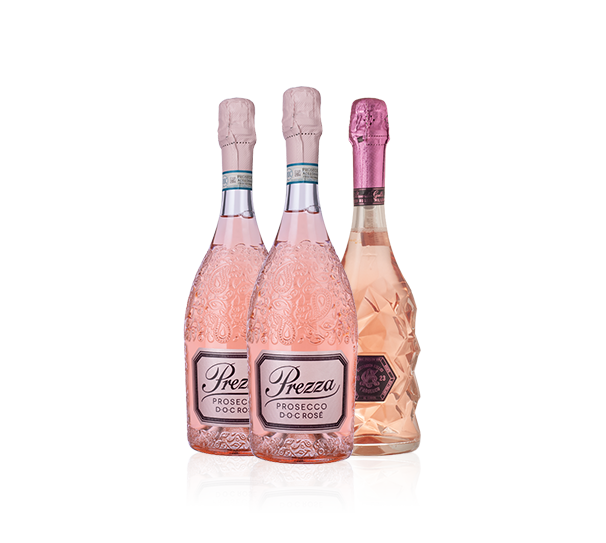Filter by
- $16.99 per bottle12 bottles - $203.88$183.48 Advantage Member Price
- $14.99 per bottle12 bottles - $179.88$161.88 Advantage Member Price
- $29.99 per bottle12 bottles - $359.88$323.88 Advantage Member Price
- $19.99 per bottle12 bottles - $239.88$215.88 Advantage Member Price
- $14.99 per bottle12 bottles - $179.88$161.88 Advantage Member Price
- $22.99 per bottle12 bottles - $275.88$248.28 Advantage Member Price
- $18.99 per bottle12 bottles - $227.88
- $18.99 per bottle12 bottles - $227.88$205.08 Advantage Member Price
- $26.99 per bottle12 bottles - $323.88$291.48 Advantage Member Price
- $16.99 per bottle12 bottles - $203.88$183.48 Advantage Member Price
- $13.99 per bottle12 bottles - $167.88$151.08 Advantage Member Price
- $34.99 per bottle12 bottles - $419.88$377.88 Advantage Member Price
- $18.99 per bottle12 bottles - $227.88$205.08 Advantage Member Price
- $18.99 per bottle12 bottles - $227.88$205.08 Advantage Member Price
- $18.99 per bottle12 bottles - $227.88$205.08 Advantage Member Price
- 3 bottles - $194.99$184.99 Advantage Member Price
- $18.99 per bottle12 bottles - $227.88$205.08 Advantage Member Price
- $59.99 per bottle12 bottles - $719.88$647.88 Advantage Member Price
- $18.99 per bottle12 bottles - $227.88$205.08 Advantage Member Price
- 3 bottles - $70.97
- $21.99 per bottle12 bottles - $263.88
- $17.99 per bottle12 bottles - $215.88$194.28 Advantage Member Price
- $74.99 per bottle12 bottles - $899.88$779.88 Advantage Member Price
- $39.99 per bottle12 bottles - $479.88$431.88 Advantage Member Price
Wine FAQs
What is Veneto Wine?
Veneto wine is produced in the Veneto region of northeastern Italy, which covers several wine-producing provinces, including Verona, Vicenza, Padua, Treviso, Venice, Belluno and Rovig.
With diverse landscapes ranging from mountains to rolling hills, the Veneto benefits from Adriatic breezes, warm summers and mild winters. Vineyards thrive on terraces and steep slopes, creating microclimates that allow grapes to ripen fully and develop rich flavors.
Is Veneto wine dry or sweet?
Veneto wine is known for its depth of flavor and complexity and accounts for around 15% of Italy’s wine production. The majority of red and whites wines made here are dry. Sparkling and sweet wines are also produced.
Red wines from the region are often full-bodied, with dark fruit accents, while the white wines are crisp and refreshing, with lively citrus fruit notes. The famous sparkling wine, Prosecco, is considered fruity and vibrant, bursting with effervescent bubbles. Some sweet wines are produced, including Recioto della Valpolicella. Its a luscious, sweet red made from dried Corvina, Rondinella, and Molinara grapes, offering rich berry, chocolate and spice flavors.
What is the History of Veneto Wine?
Veneto has a rich history of winemaking that dates back to Roman times.
Viticulture likely arrived in Veneto in the eighth century B.C., but the region gained prominence in the Middle Ages as a major wine trade hub. Venice became a key export port, while the Venetian Republic established regulations to maintain Veneto wines' strong reputation globally.
Throughout the centuries, the Veneto region expanded and saw the exploration of new grape varieties and winemaking techniques. It became recognized for producing some of the world’s most sought-after wines.
What is Veneto wine called?
Some of the region’s most famous wines are:
Prosecco: A key part of Veneto’s wine culture, Prosecco is made from the Glera grape. Winemakers use the Charmat method, where secondary fermentation (the step that creates the bubbles) occurs in steel tanks. This preserves the wine’s fresh, fruity, vibrant character.
Amarone della Valpolicella: A bold red that's traditionally a blend of Corvina, Rondinella and Molinara grapes. The grapes undergo appassimento, a process where ripened grapes dry for months on straw mats or in ventilated rooms. This process concentrates sugars and flavors, creating a rich, full-bodied wine with deep, complex character.
Pinot Grigio: One of the Veneto's most popular wines. It's a white wine made from the Pinot Grigio grape, often planted at high elevations. Some Venetian winemakers use extended skin contact to add complexity to the white wine.
Cabernet Franc: A red wine made from the Cabernet Franc grape in the Colli Berici region. Venetian Cabernet Franc is celebrated for its age-worthiness, as it is known to develop in-depth flavors and aromas over time.
Valpolicella: This red blend of Corvina, Rondinella and Molinara grapes thrives in diverse microclimates, resulting in wines that range from light and fruity to rich and complex. The region’s mild climate and cool Lake Garda breezes add to its distinctive flavor profile.
What Are the Wine Regions in Veneto?
Conegliano-Valdobbiadene: Known for producing Glera grapes for Prosecco, this hilly region’s diverse soils and microclimate slow ripening, creating sparkling wines with balanced acidity and sweetness. This region is known for more premium bottlings of Prosecco.
Valpolicella: With diverse soils including clay, limestone and volcanic rock, plus cooling Lake Garda breezes, Valpolicella is ideal for growing red grapes like Corvina. This dominant variety produces wines with vibrant acidity and rich cherry and spice notes.
Soave: Winemakers in Soave use the mild climate and volcanic soil to grow a variety of grapes. Garganega is the dominant grape variety grown in Soave and is known for producing crisp, light-bodied white wines with citrus and almond flavors.
Lugana: Home to the Turbiana grape, Lugana produces crisp white wines with bright minerality and citrus, pear and green apple notes. Its fertile soils and cooling Lake Garda breezes create ideal conditions for grape ripening.
Colli Berici: Known for elegant red wines, this region’s hot summers and cool winters create ideal conditions for grapes like Cabernet Sauvignon and Merlot, resulting in rich, smooth wines.



























